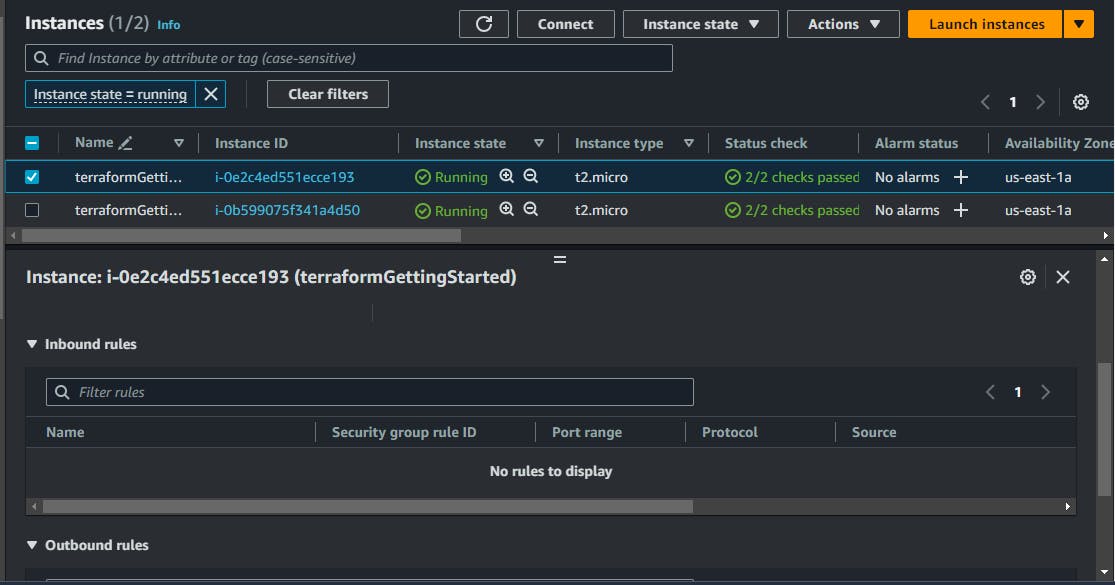Introduction
In the rapidly evolving landscape of cloud computing, managing infrastructure efficiently has become a critical aspect of software development. Enter Terraform, a revolutionary Infrastructure as Code (IaC) tool that empowers developers to provision and manage infrastructure in a declarative and version-controlled manner. In this blog, we will embark on a journey to unravel the core concepts of Terraform, exploring its inner workings, state management, and the role of providers.
What is Terraform?
At its core, Terraform is an open-source IaC tool developed by HashiCorp. It enables developers to define and provision infrastructure using a declarative configuration language. This means you describe the desired state of your infrastructure, and Terraform takes care of bringing it to life.
Infrastructure as Code (IaC)
IaC is a paradigm shift in infrastructure management. Instead of manually configuring servers and resources, IaC allows developers to codify infrastructure using scripts. This approach brings numerous benefits, including repeatability, version control, and collaboration.
Terraform embraces IaC by allowing users to define infrastructure in HashiCorp Configuration Language (HCL), a simple and human-readable language. With IaC, infrastructure becomes more predictable, scalable, and manageable and quite resembles javascript objects or JSON.
Core Concepts of Terraform
1. Providers:
At the heart of Terraform are providers. Providers define and manage the lifecycle of resources, such as virtual machines, networks, or databases. Providers interact with APIs of various cloud or on-premises services.
In this blog, we will consider AWS as an example but you can choose from multiple provider plugins from the Terraform site.
terraform { // terraform block defines the version of terraform to be used and the backend configuration
// local backend configuration
backend "local" {
path = "terraform.tfstate"
}
required_providers {
aws = {
source = "hashicorp/aws" // location of the provider plugin.
version = "~> 5.0" // Terraform registry path and 5+ version
}
}
}
In this example, we declare an AWS provider and specify the region for resource provisioning.
terraform block: This block defines the Terraform version to be used. In this case, it's not explicitly set, so it will use the default version installed on your system.
backend "local" {…}: This block defines a local Terraform backend, which stores the Terraform state file on the local filesystem. The path specified is
terraform.tfstateand it maintains the state file and keeps track of the desired state.required_providers {aws = {…}: This block defines the required provider plugin for AWS. The source is set to
hashicorp/aws, which indicates that the plugin should be downloaded from the HashiCorp registry. The version is set to "~> 5.0", which means that Terraform will use the latest version of the plugin that is greater than or equal to 5.0.
2. Resources:
Resources are the building blocks of your infrastructure. They represent the cloud components you want to create, such as instances, storage, or databases. Terraform uses resource configurations to understand what infrastructure to create.
resource "aws_instance" "Terraform-instance" {
ami = "ami-0c55b159cbfafe1f0"
instance_type = "t2.micro"
tags = {
Name = "terraformGettingStarted"
}
count = 2
}
Here, we define an AWS instance with a specific Amazon Machine Image (AMI) and instance type with a count of 2 instances and tags for reference. The resource type and resource name both act as a unique ID for the resource for identification.
3. Variables:
Variables provide a way to parameterize your configurations. They allow you to reuse and customize configurations for different environments or use cases.
variable "instance_type" {
description = "The type of EC2 instance"
default = "t2.micro"
}
This example creates a variable for the instance type, allowing flexibility in configuration.
4. Modules:
Modules enable code reuse and maintainability. They encapsulate a set of resources and configurations, allowing you to organize and share infrastructure code.
module "web_server" {
source = "./modules/web_server"
instance_count = 3
}
Here, we use a module to create multiple web server instances with a shared configuration.
Terraform State
Terraform maintains a state file that records the current state of your infrastructure. This state is crucial for understanding what Terraform has provisioned and for making informed decisions about changes.
State files can be stored remotely or locally, depending on your configuration. Terraform uses the state to plan and apply changes, ensuring that the desired and actual states align.
Terraform Workflow

The user writes a Terraform configuration file, which defines the desired state of the infrastructure.
The user runs the
terraform plancommand to generate a plan of the changes that will be made if the configuration file is applied.The user reviews the plan and, if they are satisfied, runs the
terraform applycommand to apply the changes.Terraform will then create, update, or delete resources as needed to match the desired state defined in the configuration file.
Example Screenshot
Here is an example from the above configuration.

Conclusion
Terraform's power lies in its simplicity, flexibility, and scalability. By embracing IaC principles, developers can efficiently manage infrastructure, automate repetitive tasks, and collaborate seamlessly. Understanding core concepts like providers, resources, variables, and modules is key to harnessing the full potential of Terraform.
In subsequent blog posts, we'll dive deeper into advanced Terraform topics, exploring best practices, integration with CI/CD pipelines, and tackling real-world infrastructure challenges. Until then, happy Terraforming!

